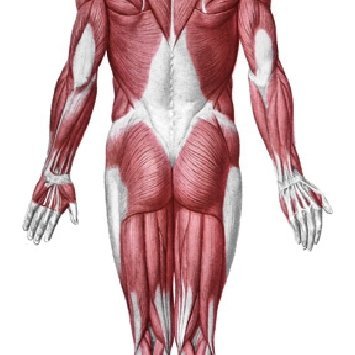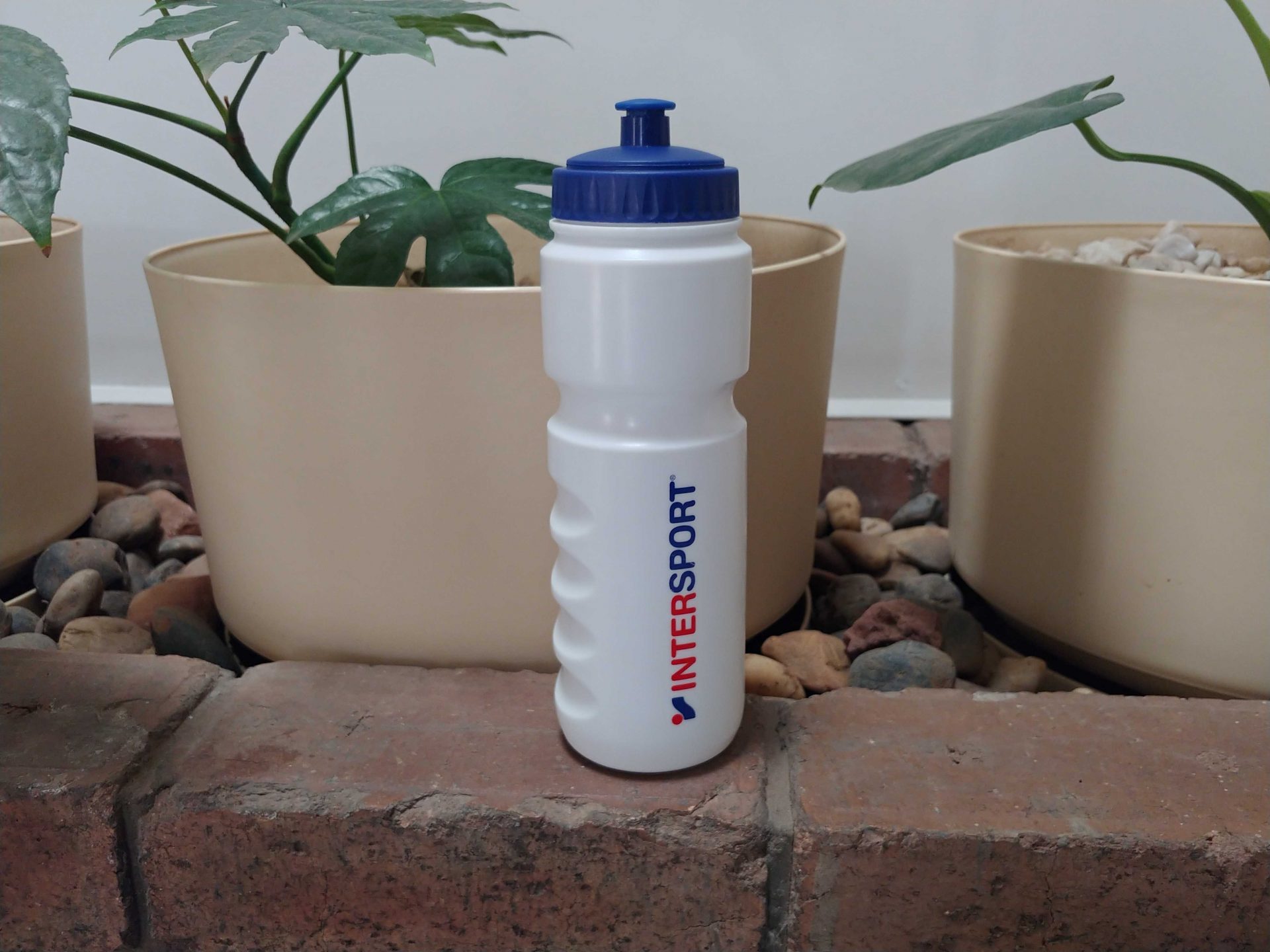You might come across the name MyoSports and think ‘oh I have to do sports to go there’ or ‘I
have to have a sporting injury to go there right?’ WRONG.
We pride ourselves with caring about the body in EVERYBODY!
Initially when the business was first established it was aimed at the sporting demographic in the
Melbourne and Perth city areas. Because there was so much on offer in those settings, our
brand needed to cater towards a specific market. Being a solo run business as well, there is
only so much one therapist can do 🙂
When moving back to the Sunraysia region it was eye opening to see just how many different
demographics needed help and just someone to give them a clear picture and direction when it
came to their concerns and discomforts. We started to broaden our net and let go that specific
market approach and start treating the community as a whole and instead of individual groups
and age brackets.
Fast forward 8 years and we have now established a larger team, with a larger skill set, to cater
for a vast majority of the community and its different age groups, lifestyles and working
environment.
Whilst sporting is still our bread and butter, our therapists are now equipped with the knowledge
and passion to treat groups like;
– Running groups (all fitness levels that want to give it a go)
– Pre and Post natal journeys
– Postural correction
– Workplace discomforts and concerns
– Adolescents and their growing bodies
– Retirees and those niggles from wear and tear over the years
– Pre and Post Surgery patients
– Persistent pain that is getting in the way of an enjoyable life…
Basically, whatever you are experiencing that you are proactive to get on top of, we are the
people to see that are passionate about helping you to achieve that goal.





